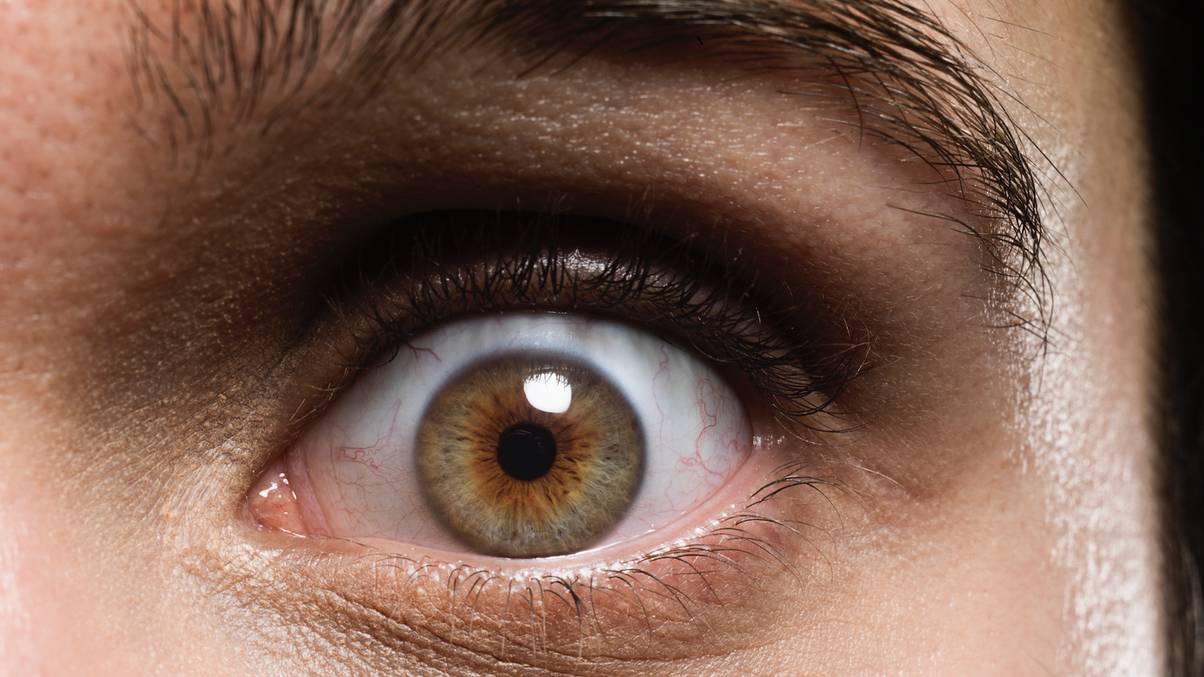“Struggling in Silence: Discover the 14 States Where Mental Health Care is a Distant Dream”
Addressing New Mexico’s mental health landscape requires a culturally sensitive approach. Expanding culturally appropriate mental health services, and increasing the number of providers fluent in Spanish and trained in working with Native American communities, is crucial.
12. Missouri


Missouri, the “Show-Me State,” ranks poorly in both prevalence of mental illness and access to care. Like many states with large rural populations, mental health resources are often concentrated in urban areas, leaving vast swaths of the state underserved. This shortage of providers, coupled with potential stigma about seeking help, perpetuates untreated mental illness, eroding individual and community well-being.
Investing in community-based mental health programs, training more providers, and normalizing conversations about mental health could start chipping away at the stigma barrier.
13. Oregon


Oregon’s reputation for progressive policies doesn’t shield it from a shockingly high rate of adult mental illness. Factors like economic inequality, skyrocketing housing costs, and the isolating impact of long, gray winters all contribute to this. This reveals that even in states committed to social welfare, the complexity of mental health demands multifaceted solutions beyond just policy changes.
Oregon needs bold action. Addressing income inequality and the housing crisis would lift a significant burden.
14. Alaska


The “Last Frontier” brings unique challenges for mental health. High rates of suicide, substance abuse, and limited access to care paint a bleak picture. Isolation, particularly in remote communities, harsh weather conditions, and seasonal affective disorder take a toll. The vast distances make providing consistent care logistically difficult, leaving many struggling residents without a lifeline.












